5 Best Hiking Gear Picks for 2025: Tested & Trusted Essentials
After hundreds of trail miles, these are the five hiking gear items that proved themselves in real conditions—reliable, durable, and built for 2025 adventures.
GEAR I USE
11/4/20258 min read
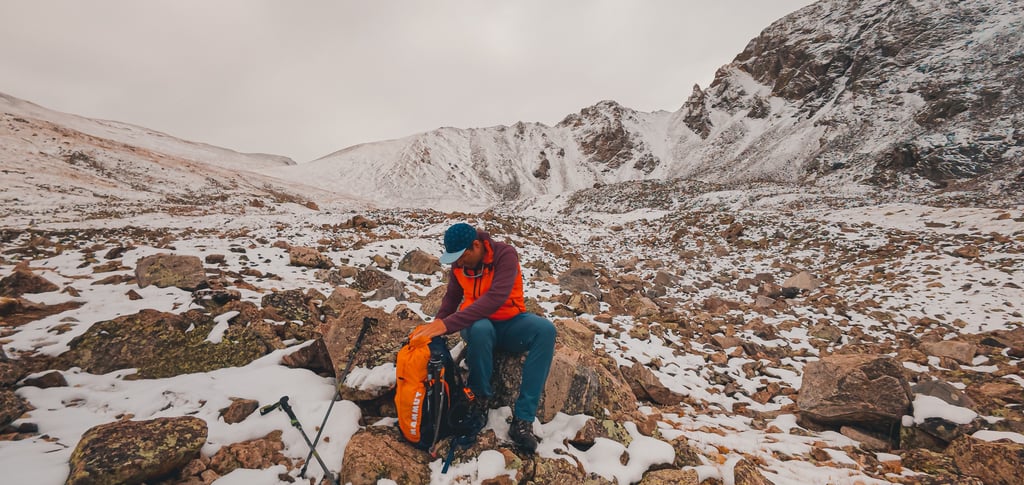

5 Favorite Pieces of New Hiking Gear for 2025
After a full season of hiking, filming, and testing new gear, a few pieces stood out above the rest. I’ve always been loyal to the gear I use. When something works, I tend to stick with it for years—sometimes more than a decade. So when I make a switch, it means the new gear truly earned it. Some of the brands I moved away from this year have been part of my kit for over 15 years, which says a lot about how well these new pieces performed.
These aren’t trendy items or quick recommendations. Each one was tested on real trails in Colorado and beyond, from long alpine climbs to relaxed day hikes. They earned a permanent place in my pack because they worked when it mattered most.

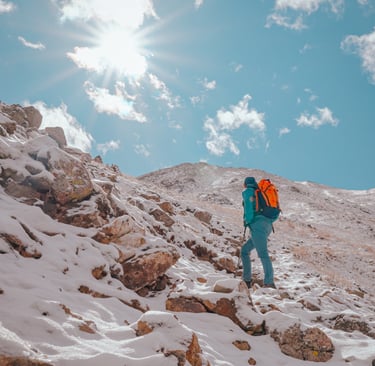
Mammut Trion 28 Pack
The Mammut Trion 28 became my go-to day-hiking pack this year. It’s built for versatility, organization, and durability — all without unnecessary weight. The roll-top closure with a zipper gives easy top access while keeping gear secure and protected from the elements. There’s also a side zipper that lets me reach the main compartment without unpacking everything, which is especially helpful when I need to grab camera gear or layers quickly.
It includes thoughtful features that make it ready for both hiking and mountaineering. Two ice axe attachments, a trekking pole carrier, and a rope attachment on the flap make it mountain-ready. The reinforced side ski attachment and avalanche equipment compartment mean it can transition from trail days to winter adventures.
Comfort-wise, Mammut nailed the fit. The anatomically shaped, padded shoulder straps and hip belt distribute weight evenly, even when the pack is fully loaded. The elasticated chest strap adjusts easily and keeps everything stable on steep climbs.
Small details also stand out — large mesh pockets on the shoulder straps for snacks or a phone, compression straps that can be tensioned on the sides or front, and full hydration compatibility. It’s made with abrasion-proof materials that can take a beating on rough terrain, and after months of use, it still looks almost new.
This is one of those packs that just does everything well. It’s simple enough for day hikes but tough enough for alpine missions, and that balance is what makes it a standout piece of gear for 2025.
Scarpa Ribelle Run 2 Trail Runners
The Scarpa Ribelle Run 2 quickly became one of the biggest surprises of my 2025 season. I’ve worn a lot of trail shoes over the years, and it takes a lot to get me to move away from my usual brands. But after putting serious miles on these, it’s clear why they’ve earned a spot in my regular rotation.
The Ribelle Run 2 bridges the gap between a lightweight trail runner and a supportive hiking shoe. They’re designed with Scarpa’s Presa outsole, which provides reliable grip on loose rock, scree, and slick alpine terrain. The tread pattern bites into dirt and granite equally well, giving me confidence on both dry ridgelines and muddy descents.
The lightweight EVA midsole balances cushion and responsiveness, so even after long mileage days, my legs don’t feel beat up. The fit feels secure without being restrictive — snug through the midfoot but roomy in the toe box, which is perfect for longer hikes when feet naturally swell.
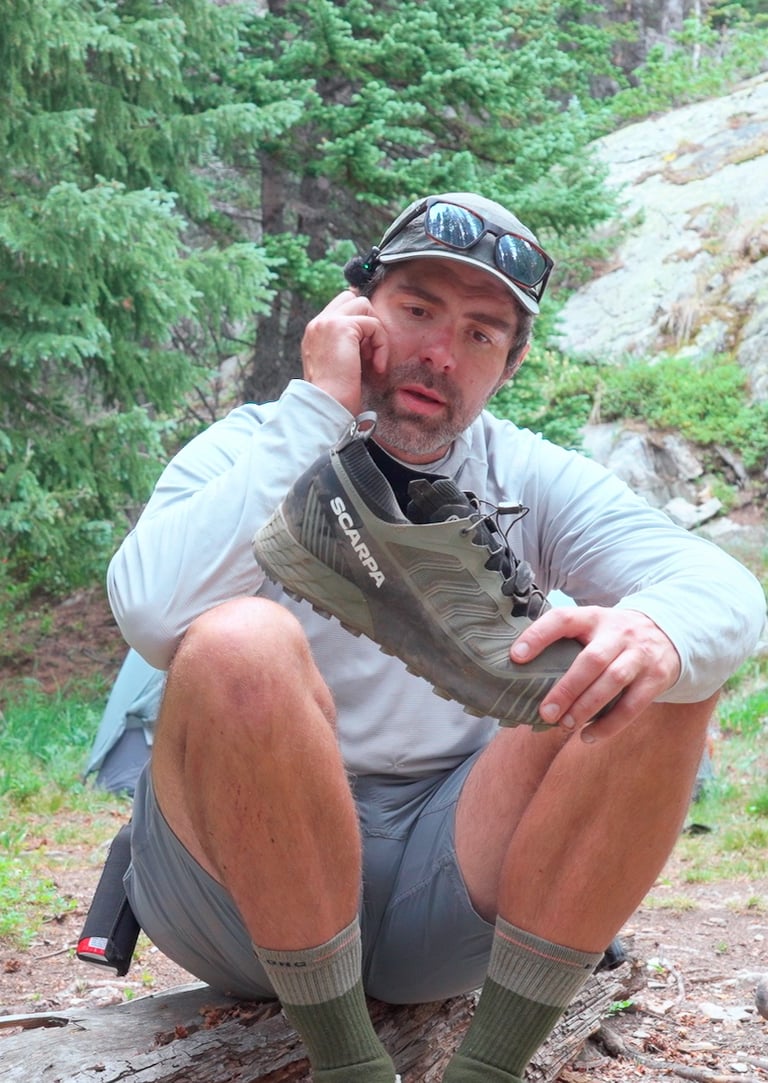

The sock-fit tongue is another detail that stands out. It keeps out dust and small debris while maintaining that locked-in feel that trail runners need. The upper is breathable yet durable enough to handle abrasion from brush or scree, which is often where most trail shoes fail over time.
I’ve used these on everything from steep Class 2 scrambles to mellow forest trails, and they’ve handled it all. For anyone who’s been hesitant to move away from traditional hiking boots, this shoe might change your mind. It’s agile, stable, and built for mountain terrain — a perfect middle ground for hikers who want the comfort of a runner with the durability of a boot.
Himali Eclipse Sun Hoodie
If I had to pick one piece of clothing that defined my hiking season, it would be the Himali Eclipse Sun Hoodie. It’s the layer I reached for more than anything else — from alpine starts in the Rockies to exposed desert trails in Utah. When you find something that works this well across every environment, it becomes part of your system, not just your wardrobe.
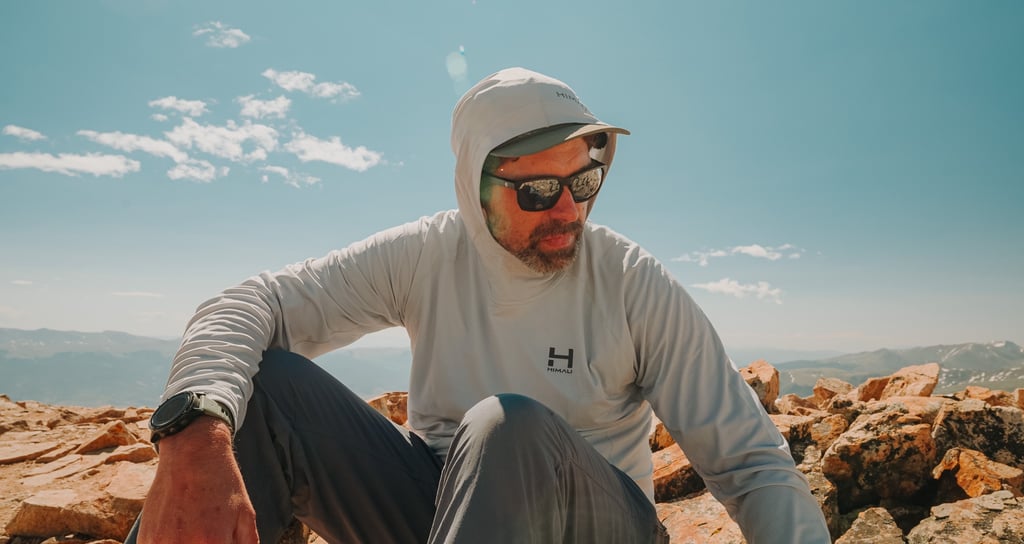

The Eclipse is built with a lightweight, high-stretch fabric that’s breathable, moisture-wicking, and UPF-rated for sun protection. It keeps me cool and protected under intense sun but also adds a light insulating layer when the wind picks up at higher elevations. I’ve worn it solo in summer heat, layered under a puffy at 13,000 feet, and even while filming in full sun — it never feels heavy or restrictive.
What sets it apart is the attention to detail. The scuba-style hood fits comfortably under a hat or helmet and provides full coverage without blocking peripheral vision. The thumbholes keep sleeves in place when layering or hiking with poles, and the fabric has a smooth, almost silky feel that doesn’t cling, even after hours of wear with a pack.
Another thing I’ve noticed is how durable it is for such a lightweight fabric. After months of use, long days with shoulder straps, and multiple washes, it hasn’t pilled or stretched out. It’s the kind of sun hoodie you can wear every day for a week on a backpacking trip and still trust to perform.
Himali nailed the balance of comfort, protection, and performance with this one. It’s not just another sun hoodie — it’s the foundation of my layering system and easily my most-used piece of gear this year.
Suunto Vertical Watch
The Suunto Vertical became one of the most valuable tools in my entire setup this year. I’ve used plenty of GPS watches before, but the Vertical stands apart in how reliable it is in real-world conditions. For me, it’s not just about stats — it’s about confidence in the backcountry and consistency during training runs.
The first thing that stands out is the battery life. In GPS mode, it lasts long enough for multi-day hikes without needing a recharge, which means I can track routes and elevation for an entire weekend backpacking trip or a week of training without worrying about power. The solar charging feature is more than a gimmick — it actually extends battery life noticeably on sunny alpine days.
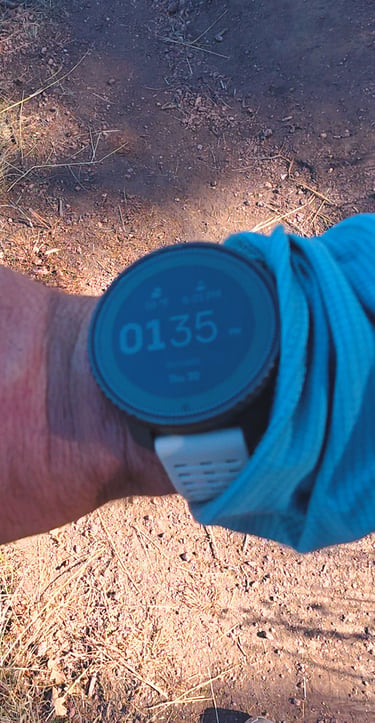

The detailed topographic maps are another huge advantage. You can download them directly to the watch and navigate even when your phone is in airplane mode or buried deep in your pack. The elevation tracking is extremely accurate, and I’ve used it to verify summit gains, track split times on climbs, and stay oriented in poor visibility when clouds roll in.
It also fits seamlessly into my training system. The Vertical connects easily with the Suunto App and Strava, allowing me to analyze pace, effort, and elevation gain over time. Whether I’m logging miles before sunrise or moving through a long ridge line, it helps me stay aware of progress without breaking rhythm.
Durability is another strong point. The titanium bezel and sapphire glass have taken their share of abuse from rocks and branches, and the watch still looks like new. It’s also water-resistant and comfortable enough to wear all day, which means it’s always part of my kit — whether I’m out for a casual hike or a long day in the alpine.
For anyone serious about hiking, trail running, or mountaineering, the Suunto Vertical isn’t just a watch. It’s a navigation and training tool that earns its place on your wrist every single day.
Gaia GPS
Gaia GPS has been my go-to navigation app for years, and it’s still the one I trust most. Every hike, backpacking trip, or scouting mission starts with route planning in Gaia. It’s simple enough to use for quick day hikes but detailed enough for serious backcountry navigation.
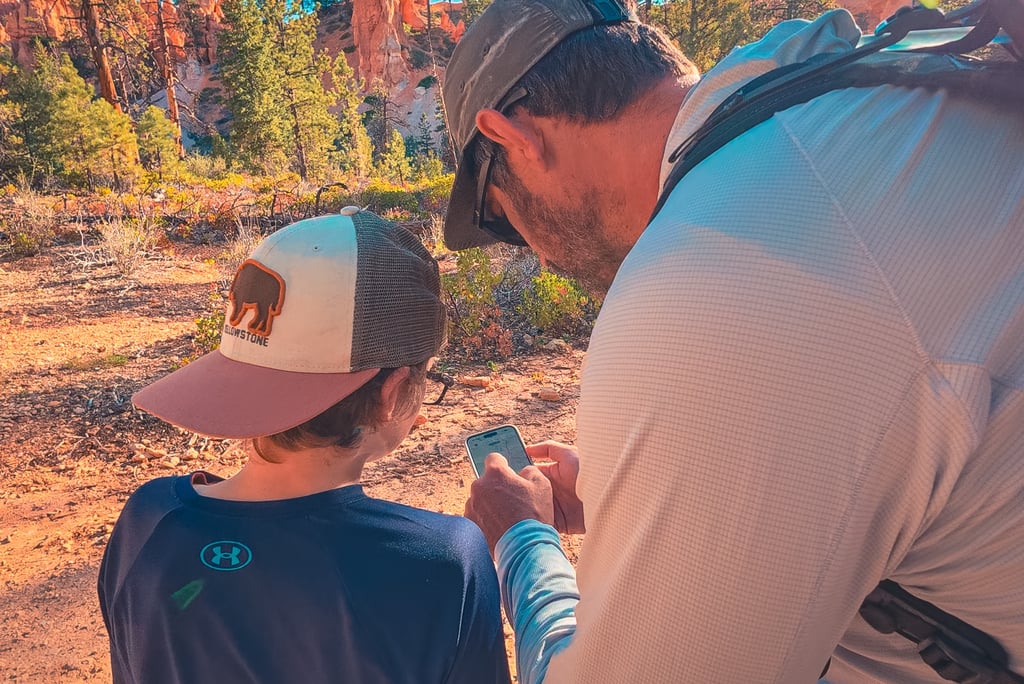

Before every trip, I download offline maps for the entire area so I always have access to terrain data, trail networks, and elevation contours even when I lose service — which happens often in remote parts of Colorado. Once I’m on the trail, Gaia tracks my progress in real time, records elevation gain, and shows how my route matches up against the terrain around me.
The map layers are what set Gaia apart. I regularly use the USGS Topo and Satellite layers together to get a full picture of the route. It helps me spot water sources, potential campsites, or alternate routes if weather or trail conditions change. I also use the slope and shaded relief layers when I’m planning more challenging terrain, especially early season hikes when snowfields can linger.
For filming days, it’s an equally important tool. I use Gaia to mark waypoints for key shooting locations, track distances between scenes, and make sure I’m staying on route while carrying camera gear. It’s reliable, accurate, and syncs across devices so I can plan on my computer and navigate with my phone or watch in the field.
Gaia GPS isn’t just an app — it’s a safety net and a planning tool rolled into one. When you spend as much time off-grid as I do, having a dependable map system you can trust makes all the difference.
Trail Takeaways
Every season teaches you something new about what really matters in your gear. This year reminded me that reliability and trust are built over time — on cold ridgelines, long approaches, and the kind of days when small failures can turn into big problems. I’ve always been loyal to the brands and pieces that have earned that trust. When I replace something I’ve used for over a decade, it’s not because of trends or sponsorships. It’s because something new proved itself in real conditions.
The five pieces here — the Mammut Trion 28, Scarpa Ribelle Run 2, Himali Eclipse Sun Hoodie, Suunto Vertical, and Gaia GPS — all made my hikes smoother, safer, and more enjoyable. They didn’t just perform; they made me more efficient and more comfortable, which means I could focus on the experience instead of the gear. That’s what great equipment should do.
The more time I spend outside, the more I realize that “best gear” doesn’t mean the most expensive or the latest release. It means the gear that disappears into the background and lets you stay present on the trail. These pieces did exactly that.
If you’re building out your setup for the next season, start with gear you can depend on — pieces that hold up when the weather changes, when the miles get long, and when turning back is the smart call. Every item on this list earned its spot through those moments, and that’s why they’ll stay in my pack for a long time to come.
See the Mammut Trion 28 on Mammut’s official site
Learn more about the Scarpa Ribelle Run 2 on Scarpa.com
You can find the Eclipse Sun Hoodie directly from Himali here
Start a free trial or learn more about route planning with Gaia GPS here
Explore the Suunto Vertical’s full specs on Suunto’s website
Some of the links above are affiliate links, which means I may earn a small commission if you purchase through them — at no extra cost to you. I only link to gear I’ve personally tested and trust on the trail.